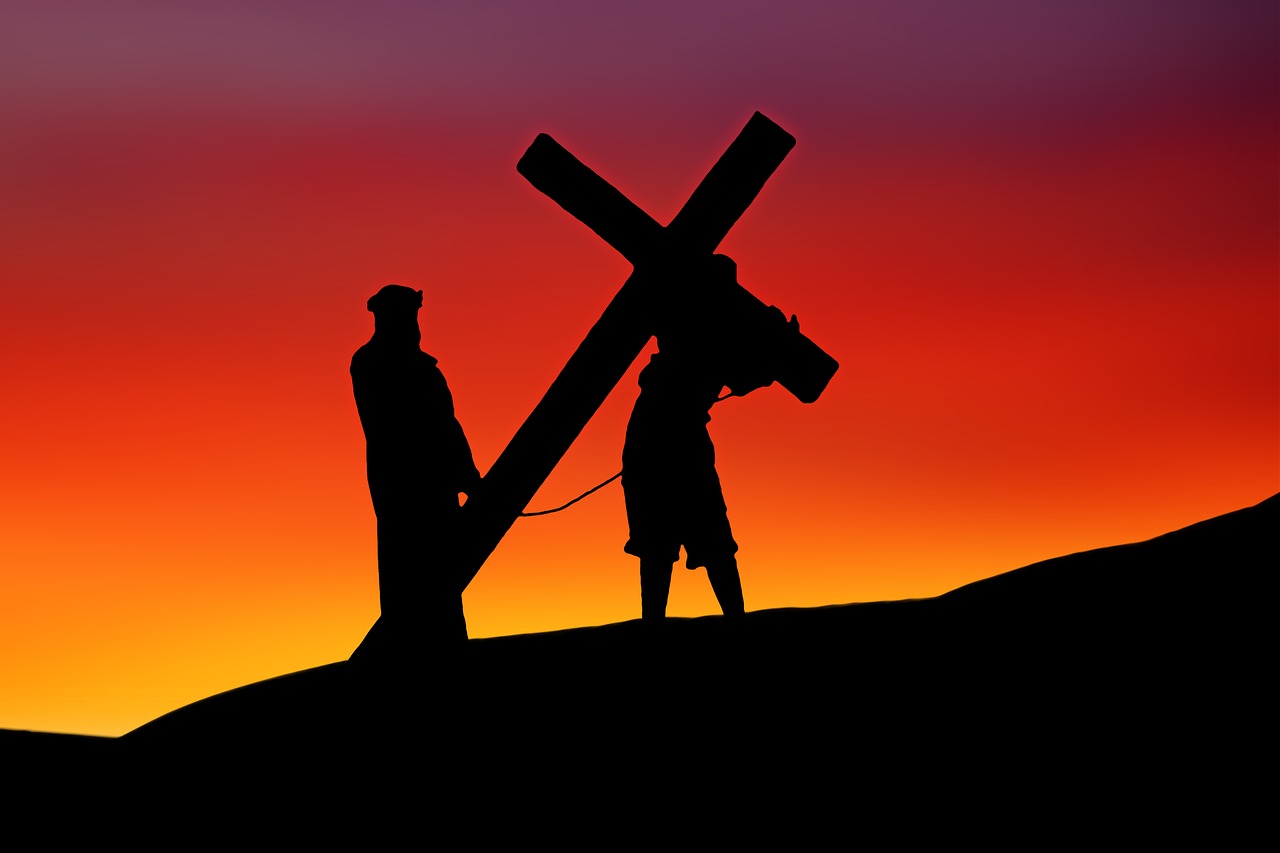In this article we will clarify the characteristics of the Bible: Does the Bible have a table of contents or not?
Does the Bible have a table of contents? The Bible was compiled without a table of contents. However, modern editions of the Bible certainly resemble modern compilations of books and have tables of contents.
Table of Contents
Why does the “original” Bible not have a table of contents?
The introduction says that modern Bibles have tables of contents, but the original Bible does not. The first question one might ask is: Why doesn’t the original Bible have a table of contents? There are three important reasons for this:
There is no original Bible. The Bible is a compilation of various writings of different times from different sources. Thereby the texts are so far in the number of words and characters usually the same, but for the second reason a definition of a classical table of contents is difficult:
The Bible consists of manuscripts. In the past, the Bible was duplicated by hand copying alone. Each word and letter individually. As is still the case today, manuscripts vary widely and can have differences in the letters – larger letters need more pages, smaller ones less.
Reason three is this: the principle of page numbers had not yet been invented. In the past, pages were simply not numbered consecutively and a list was made of where to find what.
Then what does the Bible use as a table of contents?
The Bible did not have a “classic” table of contents in the past. Instead, one used the designation of the part of the Bible (“book”), as well as chapter and verse, to mark a particular passage.
This, by the way, makes it possible to identify a specific passage in the Bible more precisely than is possible with a modern table of contents. In modern tables of contents, the page with the passage is given – but this can change from edition to edition of individual books.
Use of tables of contents in today’s Bibles
Today’s Bibles have tables of contents. For this purpose, the individual pages are numbered consecutively and the table of contents refers to the corresponding page. (As with all other tables of contents).
Depending on the Bible edition, it may be that a distinction is made between the New and Old Testaments in the table of contents. In that case, the two parts each get their own table of contents. This has primarily the purpose to support the reader.


